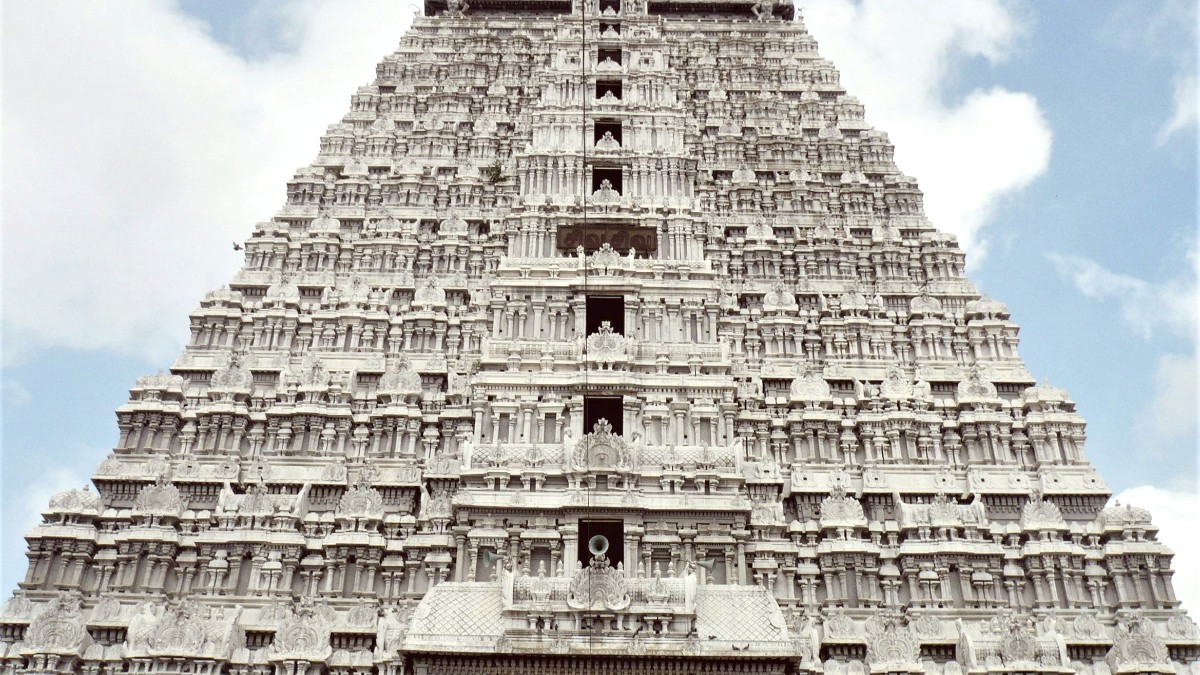
Tamil Nadu, India
For centuries, seekers of truth, mystics, and ordinary people journeyed to Tiruvannamalai. They came to sit at the feet of enlightened masters, walk the sacred path around Arunachala Hill, and absorb the spiritual vibrations of the Arunachaleswarar Temple.
This destination appeals most to individuals interested in spiritual growth, religious pilgrimage, ancient Indian history, and cultural exploration.
It offers a quieter, more introspective alternative to India's bustling metropolises. Travelers leave Tiruvannamalai feeling changed, carrying a quiet peace found only in places where spirituality has permeated the very soil. Prepare yourself for a journey that resonates with history and soul.
Tiruvannamalai sits in the northern part of Tamil Nadu, a state in South India. It lies approximately 170 kilometers (105 miles) southwest of Chennai, the state capital, and about 200 kilometers (124 miles) southeast of Bengaluru, a major city in the neighboring state of Karnataka. Its inland location positions it within a region characterized by plains and agricultural landscapes, though its defining feature is the Arunachala Hill. This ancient hill, considered a dormant volcano by geologists, holds profound spiritual meaning. It forms the geographical and spiritual heart of Tiruvannamalai, with the town spreading out around its base. The Girivalam path, a 14-kilometer (8.7-mile) circumambulation route, encircles the hill, marking its sacred boundary.
Tiruvannamalai's history weaves deeply with its spiritual identity, tracing back through millennia. The town’s history is dominated by the Arunachaleswarar Temple, one of the oldest and largest Shiva temples in South India. Ancient Tamil literature, including the Sangam classics, refers to Arunachala and the worship of Shiva here, suggesting its spiritual prominence from at least the 1st century CE. This long history makes Tiruvannamalai a continuous center of devotion.
Referred to in Sangam classics, worship of Shiva from 1st century CE.
Early foundations laid from the 6th to 9th centuries.
Significant additions by Cholas (9th-13th centuries), further expansion by Pandyas.
Extensive construction (14th-17th centuries): massive gopurams, mandapams, shrines.
Bhagavan Sri Ramana Maharshi and Seshadri Swamigal renewed spiritual prominence.
Tiruvannamalai an unique blend of ancient spirituality, rich history, and local culture. It is a prime destination for pilgrims and spiritual seekers worldwide, often referred to as the "City of Temples" or a spiritual vortex.
The town revolves around the Arunachaleswarar Temple, a sprawling complex dedicated to Lord Shiva, representing the element of fire. This temple forms the pulsing heart of the community. Dominating the landscape is the sacred Arunachala Hill, a geological formation revered as Shiva himself. Many visitors undertake the 14-kilometer (8.7-mile) barefoot circumambulation, known as Girivalam, around its base.
Beyond its spiritual core, Tiruvannamalai local cuisine, predominantly vegetarian and flavorful, features staples like idli, dosa, and authentic filter coffee. The bustling markets surrounding the temple provide opportunities to observe daily life and purchase local crafts, religious items, and herbal products.
Architectural evidence within the temple complex showcases the contributions of various powerful South Indian dynasties. Each dynasty left its mark, contributing to the architectural diversity and scale of the complex.
The town's spiritual heart beats around Arunachala Hill and the ancient Arunachaleswarar Temple.
Ashrams like Sri Ramana Ashram provide tranquil settings for peaceful contemplation.
A sacred geological formation, revered as Lord Shiva himself.
One of South India's largest and oldest Shiva temples.
The abode of sage Ramana Maharshi, a place for introspection.
Many visitors undertake the 14-kilometer (8.7-mile) barefoot circumambulation, known as Girivalam, a practice believed to confer spiritual merit.